Photos: The Many Mammals of the North American Deserts
A living desert
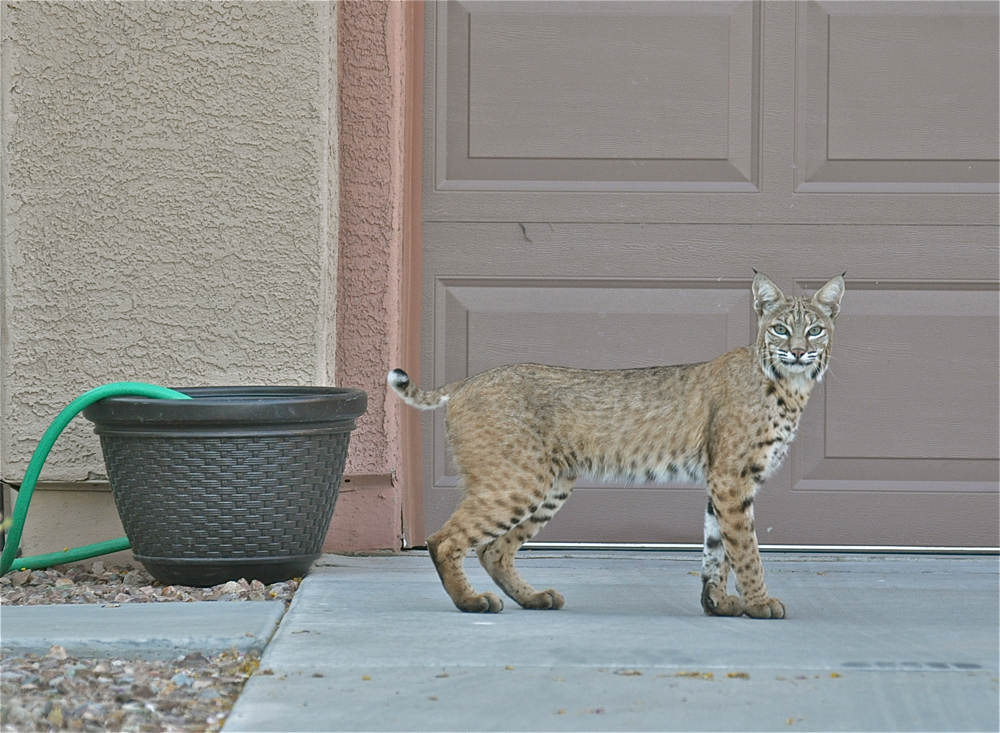
The North American deserts are teeming with mammals that are both colorful and uniquely adapted to the harsh environmental conditions. Many such mammals have learned to not only survive but thrive when living close to humans in desert communities. This urban bobcat (Lynx rufus) is just one of many desert mammals that truly make these North American lands a living desert.
Animals in extreme conditions
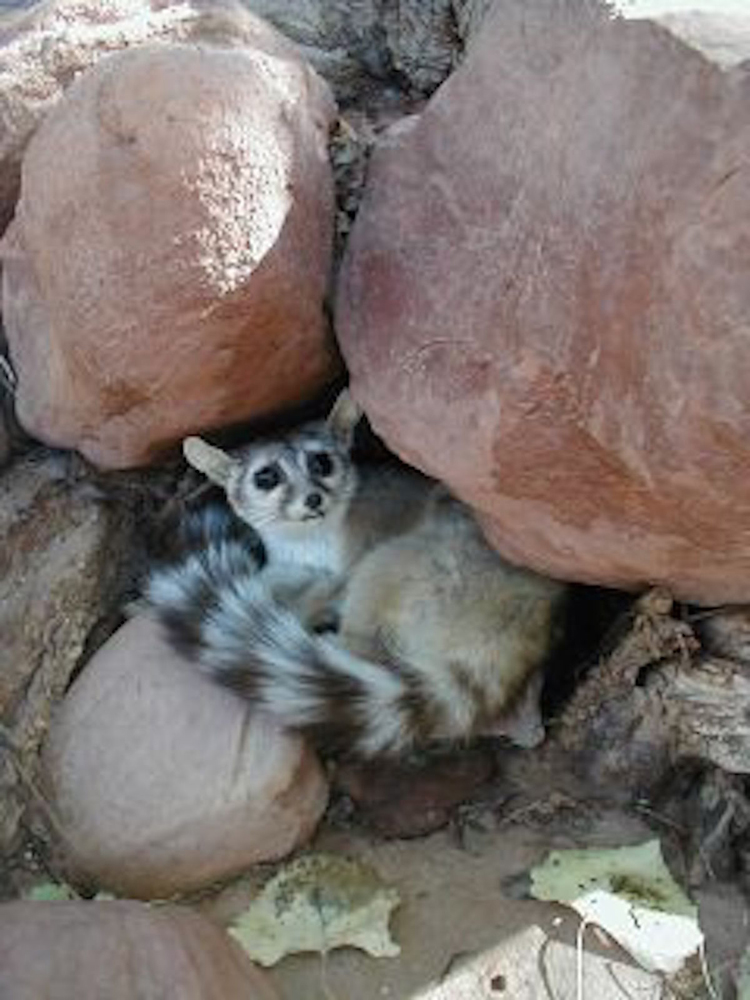
There are more than 4,000 species of mammals living in the many ecosystems and environments found across the Earth. The fact that they are all endothermic, warm-blooded, allows these amazing creatures to prosper in all types of biomes and climate extremes. Mammals successfully thrive in the four great desert regions of North America: the Great Basin, the Mojave, the Sonoran and the Chihuahuan Deserts. All have successfully adapted to the desert extremes of temperature, moisture and vegetation.
The ring-tailed cat (Bassasiscus astute) is shown here.
Another claim to fame
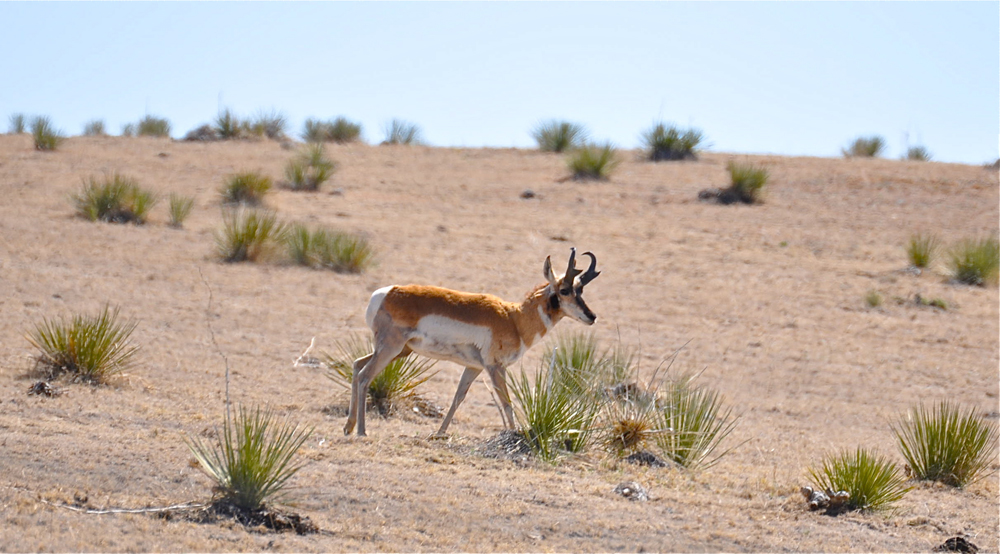
The pronghorn (Antilocapra americana) is thefastest mammal found in North America. Pronghorn have been clocked running at more than 53 mph (86 km/h) while leaving any would-be predator far behind. Male pronghorns stand about 3 feet (1 meter) tall at their shoulders. Their reddish brown coat and white underbelly blend well into the stark brown landscape that is so common in the North American Deserts. Pronghorns chew cud — often a mixture of sagebrush, grasses and other desert vegetation.
Gets what he wants
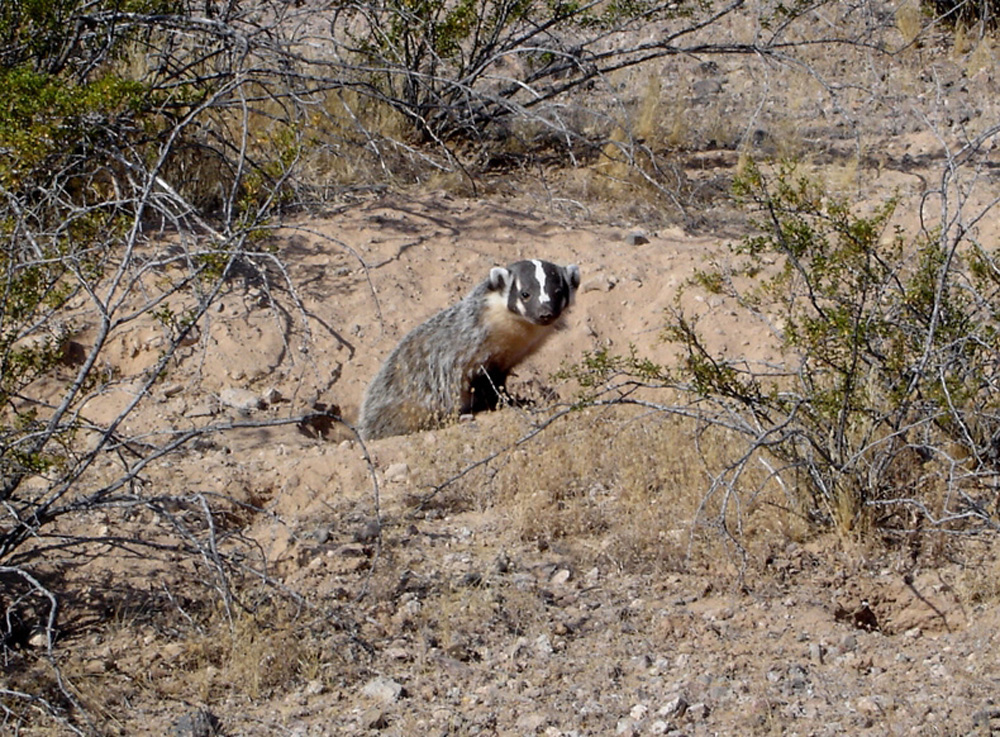
The American badger (Taxidea taxus) is a small butferocious predator of the North American deserts. These carnivores dine on a diet primarily made up of desert rodents, insects, lizards, squirrels, birds and their eggs. The American badger can grow up to 3 feet (1 m) in length and weigh upwards of 9 to 22 pounds (4 to 10 kilograms).
The American badger has a nasty disposition and lives basically wherever it chooses. These animals like to dig holes, so they are often found near the softer soils along desert river beds.
All shapes and sizes
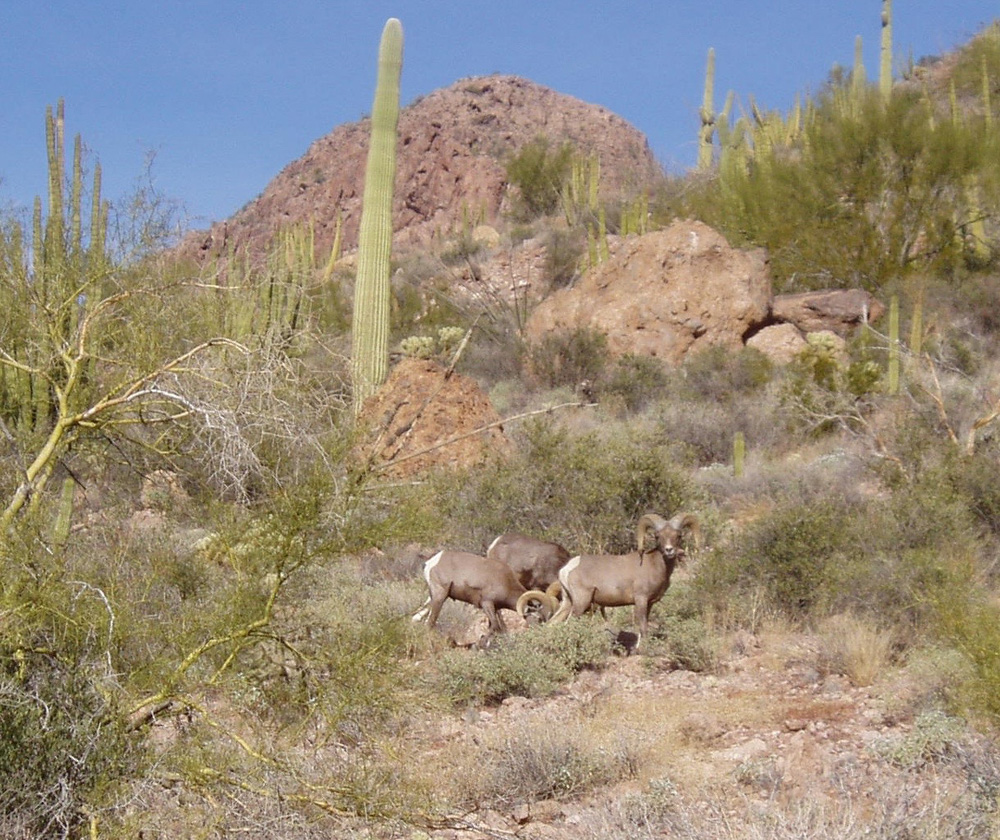
Desert Bighorn Sheep (Ovis canadensis nelsoni) aresome of the largest mammals found in the North American deserts. They favor the dry, desert mountains found throughout the region, gingerly scaling along a high mountain cliff. A ram can weigh upwards of 220 pounds (100 kg) and live nearly a dozen years.Ewes are smaller, up to 155 pounds (70 kg) but will live to the age of 20 years. Both male and female sheep have horns, but the ram's horns are much larger and more curved. The dark brownish/gray coat blends with their environment but their white rump aids predators in locating them along the mountainside.
Bighorn tend to gather in herds that seldom exceed 30 individuals. Rutting activities occur during the hot summer months when the clashing of horns by two dominant males can be heard for long distances across the dry desert landscape.
Unique species
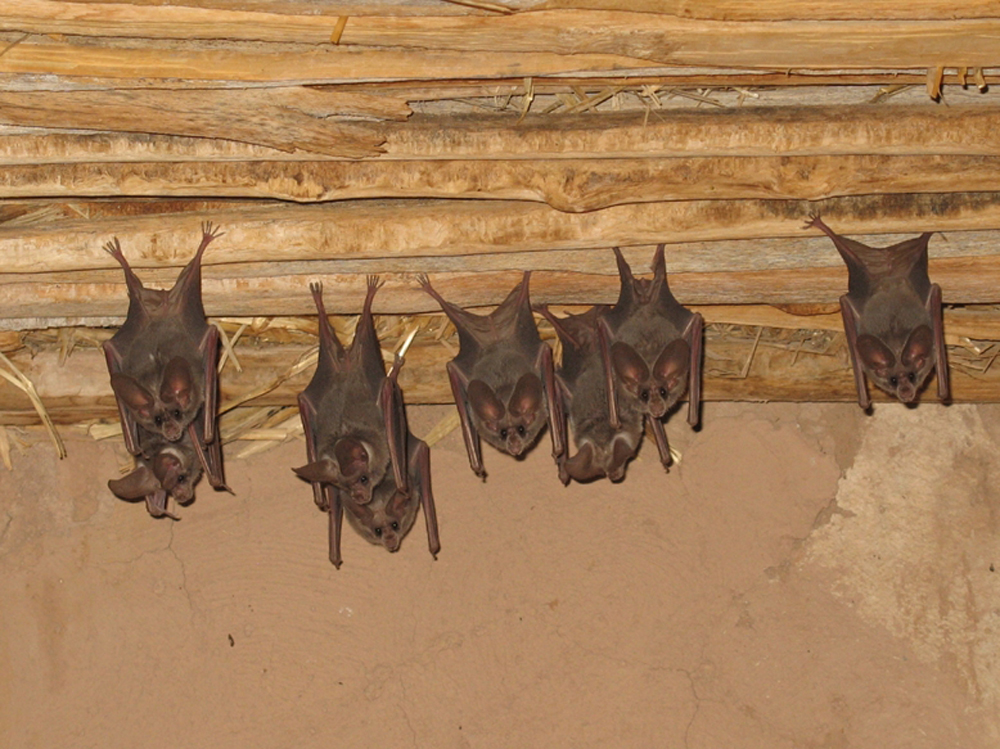
California leaf-nosed bat (Macrotus californicus)across the North American deserts. Because of their short, broad wings, they do not migrate like many other bat species. Instead, they live year round in the caves, old mine shafts, and rocky shelters found throughout the desert regions. Like the other 150 species of leaf-nosed bats found across the Americas, they hunt primarily insects that they capture both in flight or off foliage, and even on the ground. The California leaf-nosed bat is the only species of bat in North America known to catch caterpillars. They also supplement their food supply by eating the sweet, ripened fruits of cactus.
Adaptable creatures
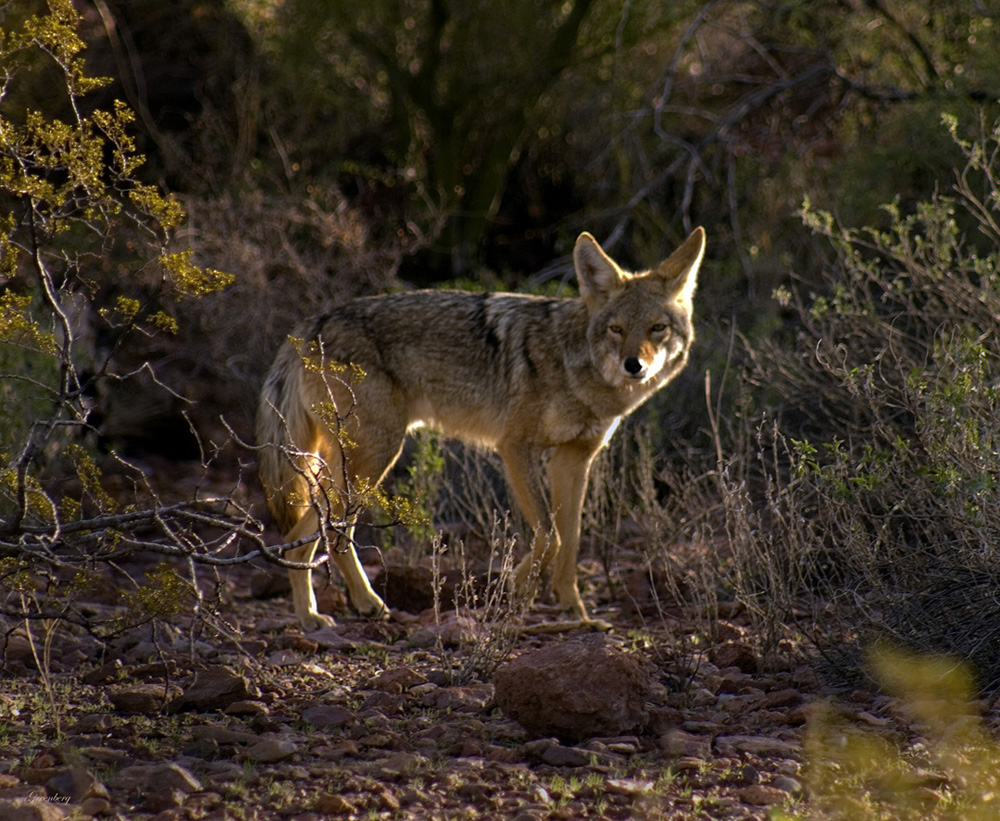
The voice of the North American deserts is surely the ol' coyote (Canis latrans). They are found in every desert habitat and adapt well to living near and among humans. These carnivorous hunters prefer to hunt at night and their diet is primarily other desert mammals, but they will surely eat both birds and eggs.
In urban areas of the desert, coyotes pose a great threat to small domesticated dogs and cats. They prefer to eat fresh kill but are known to eat carrion. Coyotes are known to gather and hunt in packs when they are stalking large mammals such as deer. Coyotes have been known to follow along with a badger and catch any small animal that darts out of the burrow.
Sign up for the Live Science daily newsletter now
Get the world’s most fascinating discoveries delivered straight to your inbox.
By many names
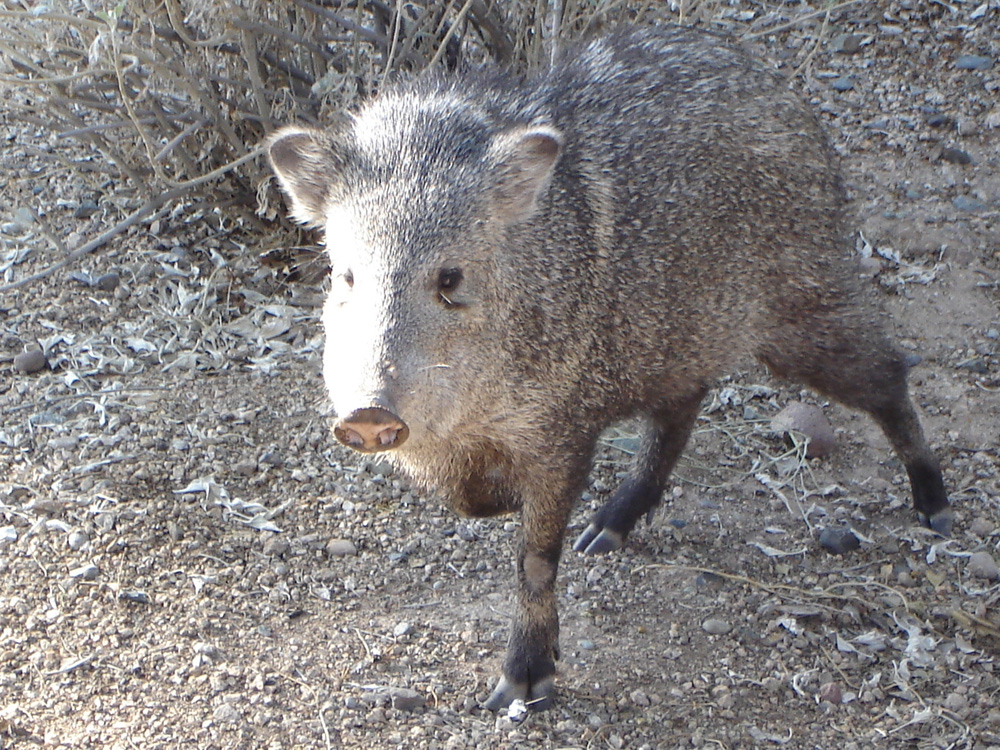
The javelina (Tayassu tajacu) is also known as the collared peccary. These medium-size animals are commonly found in large family groups. Through a series of sounds and smells, they communicate with their family group as they forage through the desert landscape. They have long, sharp canine teeth that commonly protrude from their jaws. Javelina range from Texas through northern Mexico and into the inland deserts of California.
Waskally wabbit cousins
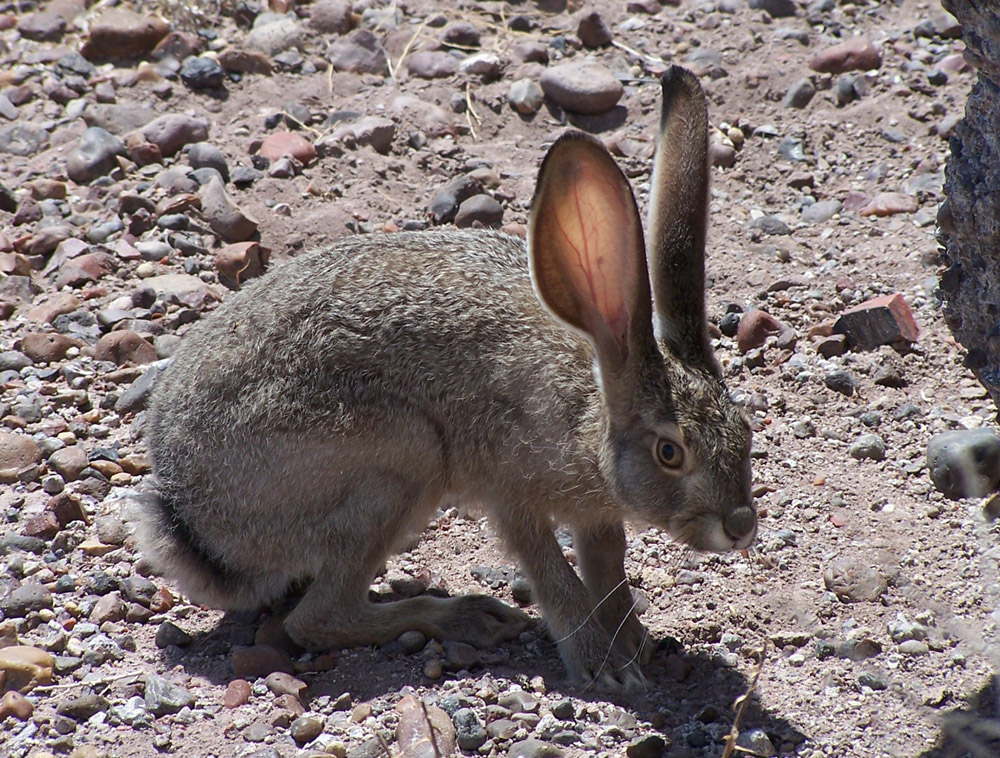
The Blacktail Jackrabbit (Lepus californicus) isfound in all four southwestern deserts. These large hares can grow up to 18 to 25 inches (46 to 64 cm) long, with long brown ears with black tips. They are very common throughout northern Mexico and the southwest desert regions of the United States. They are also known as the American desert hare.
Desert predators
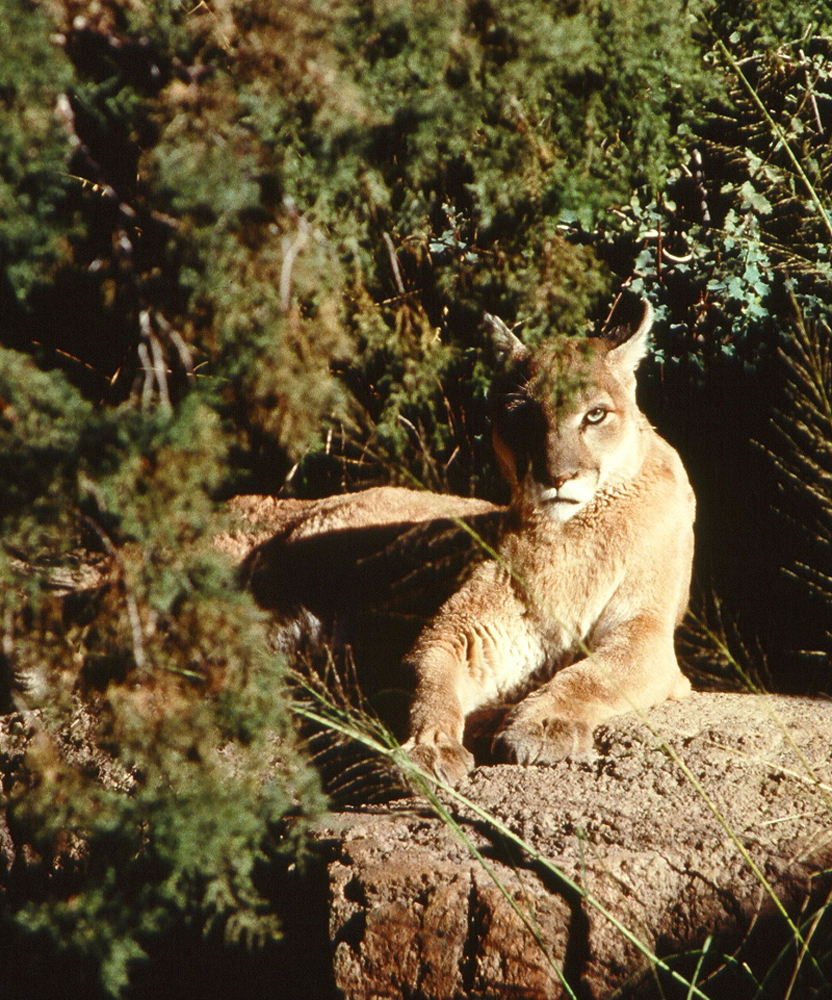
The mountain lion (Puma concolor) is a common member of the Felidae family, native to all the Americas. They range from the Canadian Yukon to the southern Andes of South America. In various regions, they are also known as catamont, puma or panther.
Within the desert regions of North America, they are the most dominant predator. They can reach speeds of 50 mph (80 km/h) in a sprint, leap 15 feet (4.5 m) high into a tree, easily scale a 12-foot-tall (3.7 m) fence and can maintain a speed of 10 mph (16 km/h) for many miles. A male mountain lion can weigh up to 180 pounds (82 kg).
Hearty animals
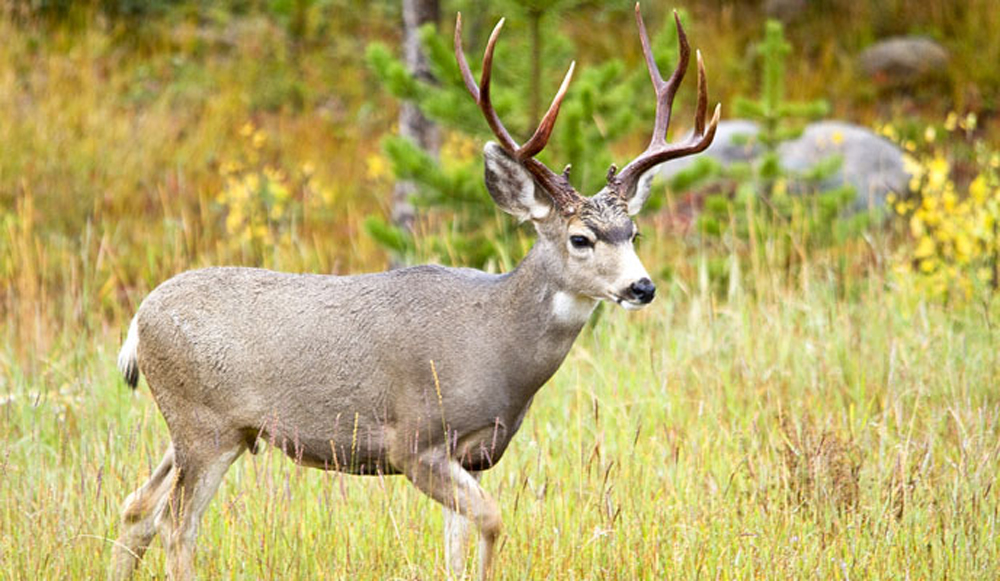
The Mule deer (Odocoileus hemionus) is a common resident of the deserts of North America. They are a large, stout animal with large ears, resembling those of a mule, and a tail tipped with black. The mule deer carries its tail dropped unlike other deer species. Their antlers are usually smaller than other variety of deer. A single fawn is usually born in late May to early June. They can be found in both the desert flatland as well as mountainous desert areas.









